Lactose free whey protein is a great option for people who struggle with milk sugar. It gives you the muscle and recovery benefits of whey without the digestive issues that lactose can cause. Many lactose-intolerant individuals find it easier to digest and still enjoy gains. This guide explores how lactose-free whey stacks up against regular whey for your fitness journey.
Lactose Free Whey Protein vs Regular Whey: Explained
Lactose free whey protein delivers the same high-quality protein support as regular whey while avoiding added lactose that may cause discomfort. Regular whey still offers a full amino acid profile and supports muscle growth effectively. Both are excellent for recovery, so choosing between them depends on your digestion and taste preferences.
What is Lactose Free Whey Protein?

This is usually whey protein isolate or hydrolysate, specially processed to remove nearly all lactose and fats, making it easier to digest for users with dairy sensitivity. The result is a high-protein product that supports lean muscle recovery without causing digestive issues. It delivers essential amino acids in a clean, low-carb, and low-fat form, perfect for post-workout refuel.
The Source
This whey begins as regular milk, but it undergoes an extra filtration step to remove lactose and fat, leaving a very pure protein powder that’s gentler on digestion. The original nutrients are retained in lean form, offering clean, high-quality nutrition. It provides a reliable protein source without triggering digestive discomfort.
The Process
Manufacturers use advanced filtration or chromatography to strip out most lactose, fat, and carbs, typically raising protein purity to over 90%. This cleaner texture blends easily with water or milk and avoids bloating or gas. The end product is refined, light, and fast-absorbing—ideal for sensitive stomachs.
The Result
You get a nearly lactose-free protein powder (often under 1 g per serving) that supports fast absorption and muscle repair. It’s low in carbs and fats while delivering high-quality protein ideal for lean recovery. This option feels light, digests smoothly, and is ideal for sensitive individuals or those on calorie‑managed plans.
What is Regular Whey Protein?
 Often called whey protein concentrate, this is less processed and retains more natural carbs, fats, and lactose while still offering a complete protein. It’s rich, creamy, and budget-friendly—with excellent amino acid value. This form suits those who want a balanced nutritional option without sensitivity concerns.
Often called whey protein concentrate, this is less processed and retains more natural carbs, fats, and lactose while still offering a complete protein. It’s rich, creamy, and budget-friendly—with excellent amino acid value. This form suits those who want a balanced nutritional option without sensitivity concerns.
The Source
Created from the liquid part of milk after cheese making, regular whey includes inherent nutrients, protein, carbs, fats, and lactose—straight from milk. It remains rich in natural compounds like immunoglobulins and lactoferrin that support overall nutrition. This gives it a naturally richer flavor profile.
The Process
It undergoes basic filtration to increase protein content to around 70–80% while maintaining natural carbs and lactates. The result is a nutrient‑rich, flavorful protein with slightly higher calorie content that supports energy and recovery. It's minimal processing, preserving the fuller dairy profile.
The Result
This whey delivers a naturally sweet, creamy texture with slightly higher calories, around 3.5 g lactose per serving—but remains packed with complete proteins and BCAAs. The richer taste and balanced macros make it ideal for users focused on sustained energy and fuller mouthfeel.
Regular Whey vs. Lactose‑Free
Choosing between regular and lactose-free whey depends on your digestion, fitness goals, and taste preferences to ensure both comfort and performance. Both provide complete proteins and recovery support.
Nutritional Profile
Lactose-free isolate offers above 90% protein with minimal carbs, fat, or lactose, great for lean muscle support. Regular whey provides 70–80% protein with more natural fats, carbs, and bioactive nutrients, suited to those wanting balanced nutrition without restriction. Choose based on goals: precision or richness.
Digestive Experience
Isolate causes minimal discomfort and is well tolerated by most sensitive individuals. Regular whey might trigger mild bloating or gas in those prone to lactose sensitivity, but it is usually okay for most users. It’s important to match your digestive comfort with the product choice.
Taste and Texture
Lactose free whey has a light, clean taste and blends into shakes effortlessly. Regular whey is creamier and slightly sweeter, thanks to retained fats and natural milk sugars. If you prefer a richer consistency, regular whey may feel more satisfying.
Muscle‑Building Support
Both options deliver all essential amino acids, including leucine for protein synthesis, supporting strong muscle repair. Isolate absorbs faster, aiding immediate post-workout recovery; regular whey works well for steady nourishment across the day. Both support gains, with timing and digestion being the main differences.
Who Needs Lactose Free Whey Protein?
If you experience mild stomach upset, gas, or bloating from regular whey, lactose‑free is a gentler alternative that still supports recovery. It’s perfect for active people who train often and want smooth digestion around workouts without skipping their whey protein.
Lactose Intolerance
Those with lactose intolerance often avoid dairy to dodge bloating, gas, or cramps. Lactose free whey is made for this group. It offers all the whey advantages with hardly any lactose. It helps you benefit from protein without unwanted digestive discomfort.
Digestive Sensitivity
Some individuals react to dairy proteins despite tolerating lactose (like those with IBS or mild milk sensitivity). Lactose free whey is lighter and less likely to irritate sensitive stomachs. It supports training without triggering digestion issues.
Athletes with Sensitive Guts
People who train multiple sessions or for long hours may choose to isolate to avoid gut discomfort during exercise. Its clean, low‑lactose formula helps maintain energy and nutrient delivery without digestive stress. Ideal for athletes needing reliable fuel every day.
How to Choose the Right Supplement?
 Look at protein percentage, lactose content, ingredient list, and brand credibility before choosing. Match your choice to your nutrition goals, digestive tolerance, and training schedule to pick between isolate or regular whey that fits your needs best.
Look at protein percentage, lactose content, ingredient list, and brand credibility before choosing. Match your choice to your nutrition goals, digestive tolerance, and training schedule to pick between isolate or regular whey that fits your needs best.
Check Ingredients
Choose products labeled "whey protein isolate" or "concentrate" with minimal sugars, fillers, or artificial additives. Fewer ingredients equal cleaner and more dependable recovery support.
Based on Lifestyle and Tolerance
Pick isolate whey for lean goals and lactose sensitivity; regular whey has a creamier, richer profile with balanced nutrition that suits everyday users. Match your supplement to your eating habits, digestion preferences, and fitness goals to feel your best and stay consistent.
Compare Protein Types
Hydrolysates digest fastest and may help minimize intolerance, isolates balance absorption speed with protein purity, and concentrates offer richer flavor with slower release. Choose based on your digestive comfort and how quickly you want protein delivered to muscles.
Choose Certified Brands
Look for trusted labels that verify protein percentages and lactose content. Third‑party testing ensures label accuracy and helps you avoid unwanted additives while enhancing confidence in your supplement choice.
To pick the right supplement, follow this whey protein checklist.
Both lactose-free and regular whey protein offer high-quality muscle support and recovery potential. Lactose‑free whey delivers fast absorption, minimal lactose, and gentle digestion, while regular whey brings taste, broad nutritional content, and a satisfying texture. There’s no essentially better option, each serves different dietary needs. Whichever you choose, ensure it suits your digestion, goals, and taste so you can fuel your body smartly.
FAQ
Q1). Does whey protein contain lactose?
Whey protein concentrate contains 3–8 g lactose per serving, while isolate has minimal lactose, often below 1 g—making it more digestible for many.
Q2). What’s the best protein powder for lactose-intolerant people?
Whey protein isolate or hydrolysate are ideal since they remove most lactose. You can also choose plant-based proteins like pea or rice if dairy sensitivity remains.
Q3). Is lactose-free whey still effective for muscle gain?
Absolutely, lactose-free whey provides the same essential amino acids (including leucine) and supports muscle synthesis as regular whey does.
Q4). Can I take whey protein if I have mild lactose sensitivity?
Yes, many people tolerate whey isolate or hydrolysate without issues. Start with one scoop, monitor your digestion, and adjust based on your body's response

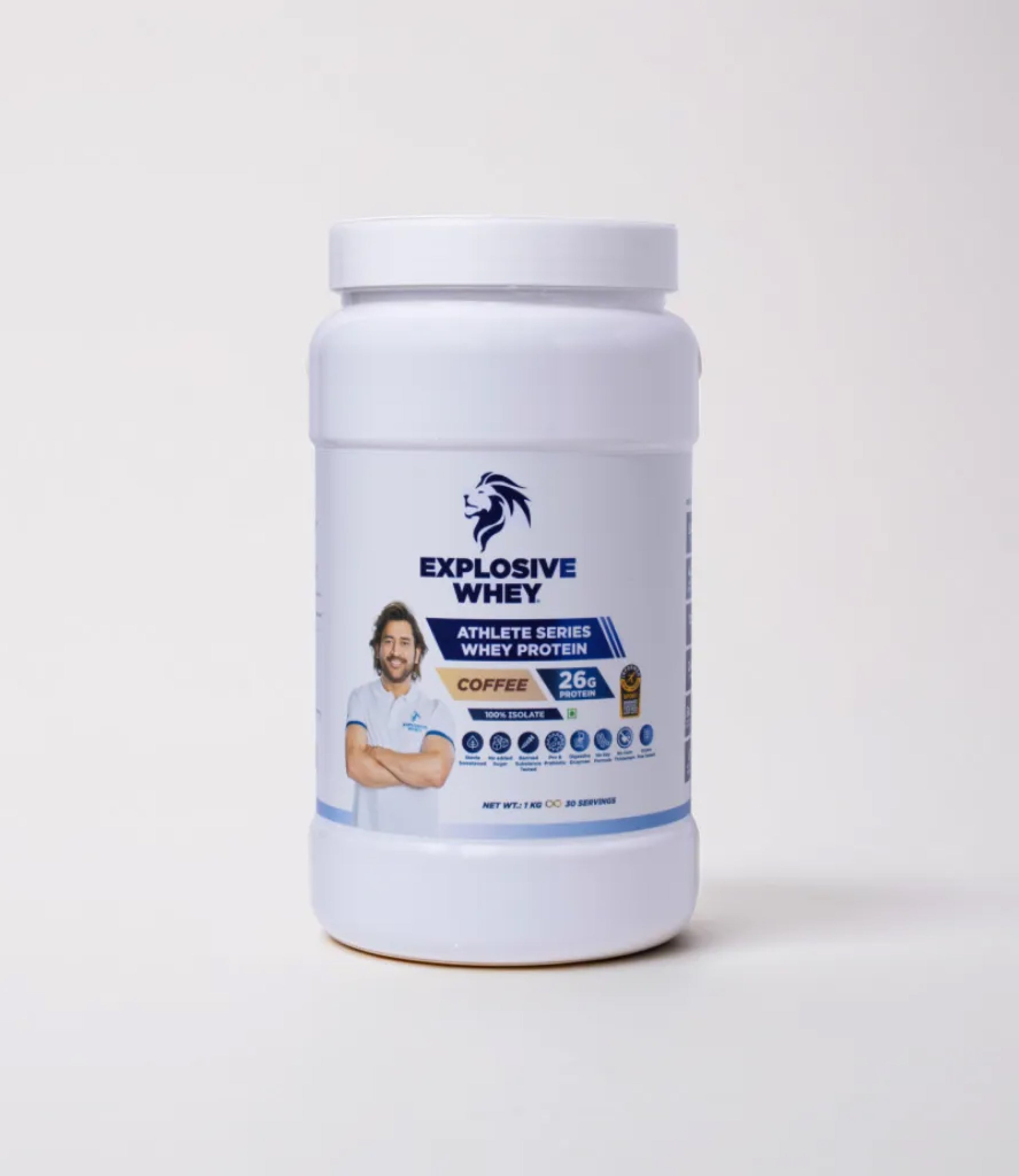
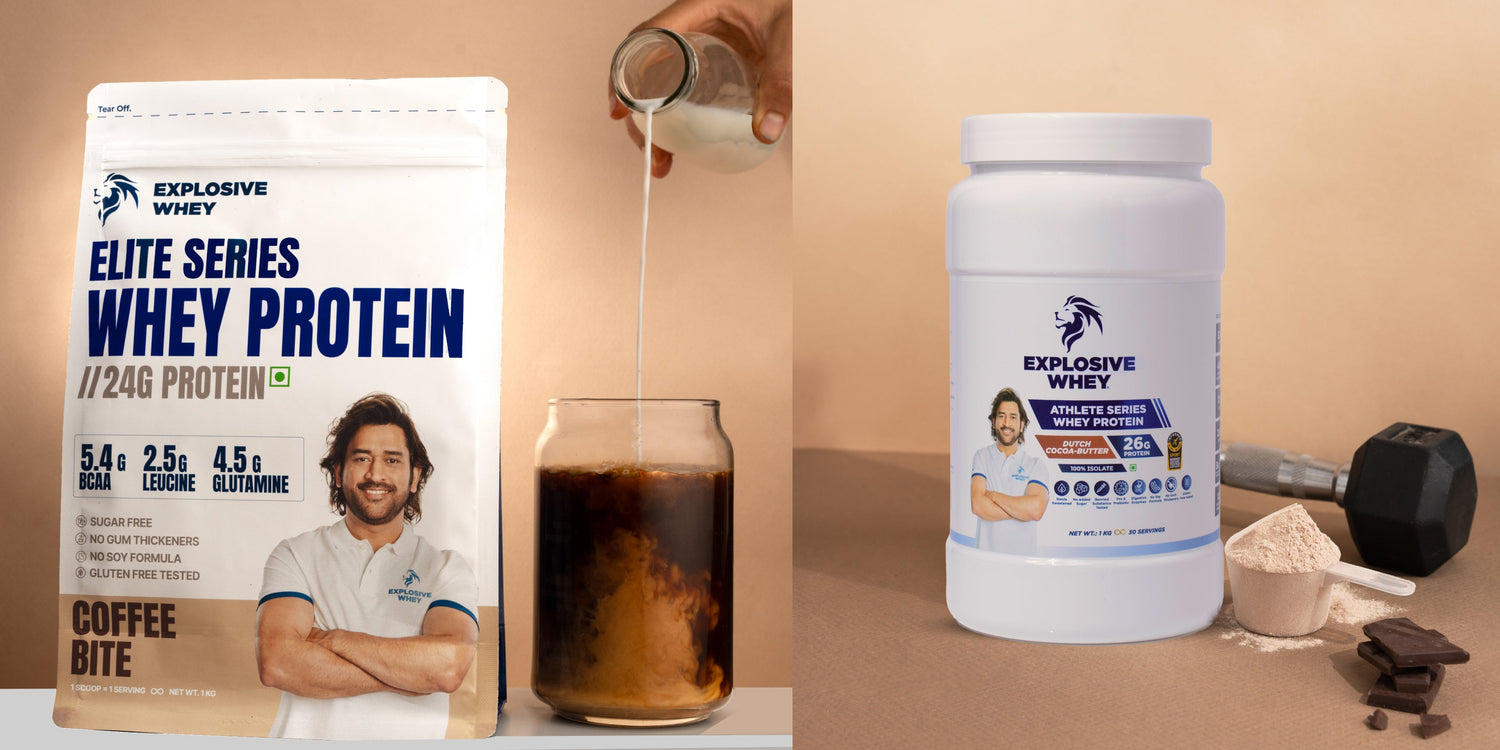
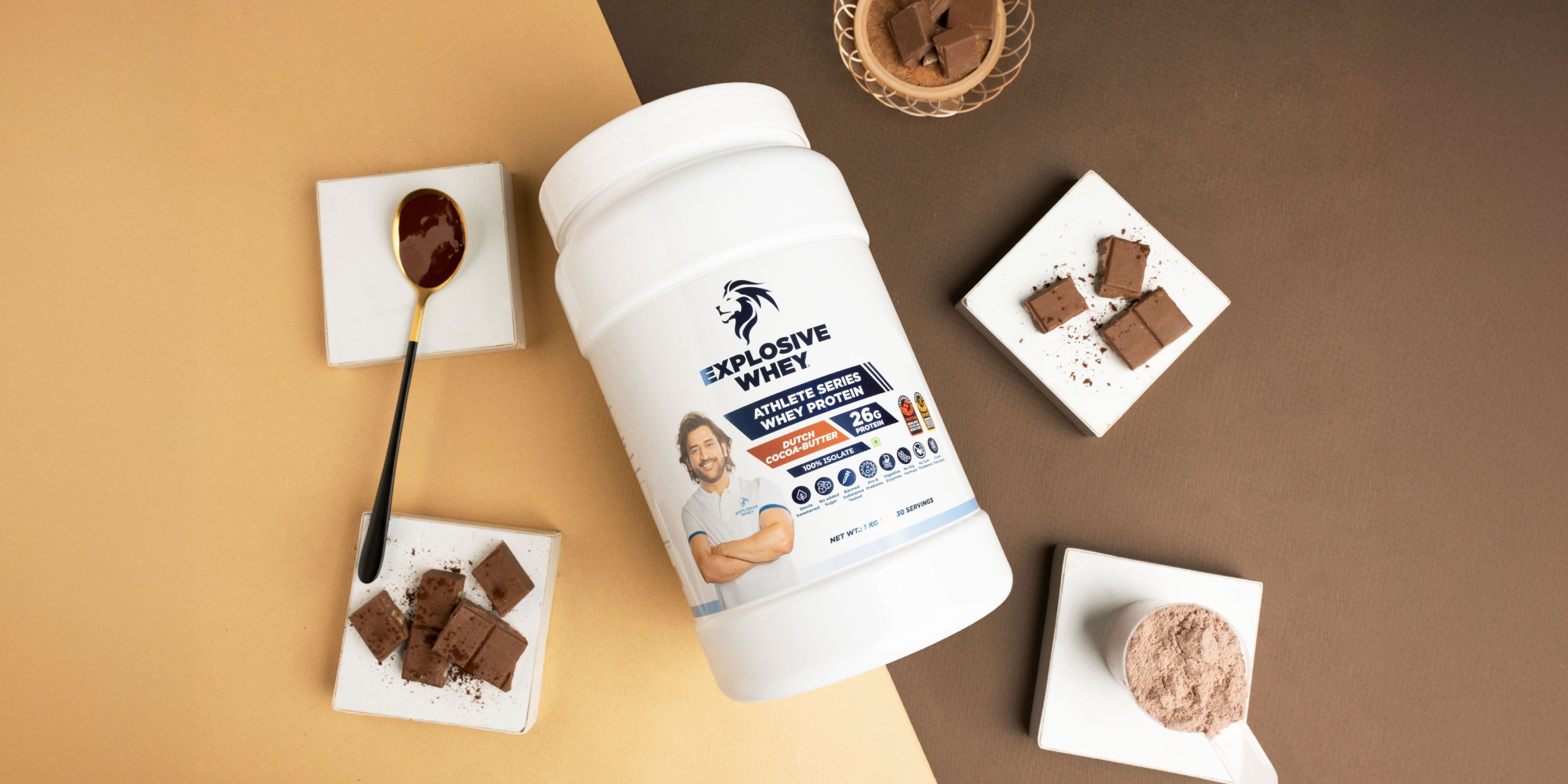
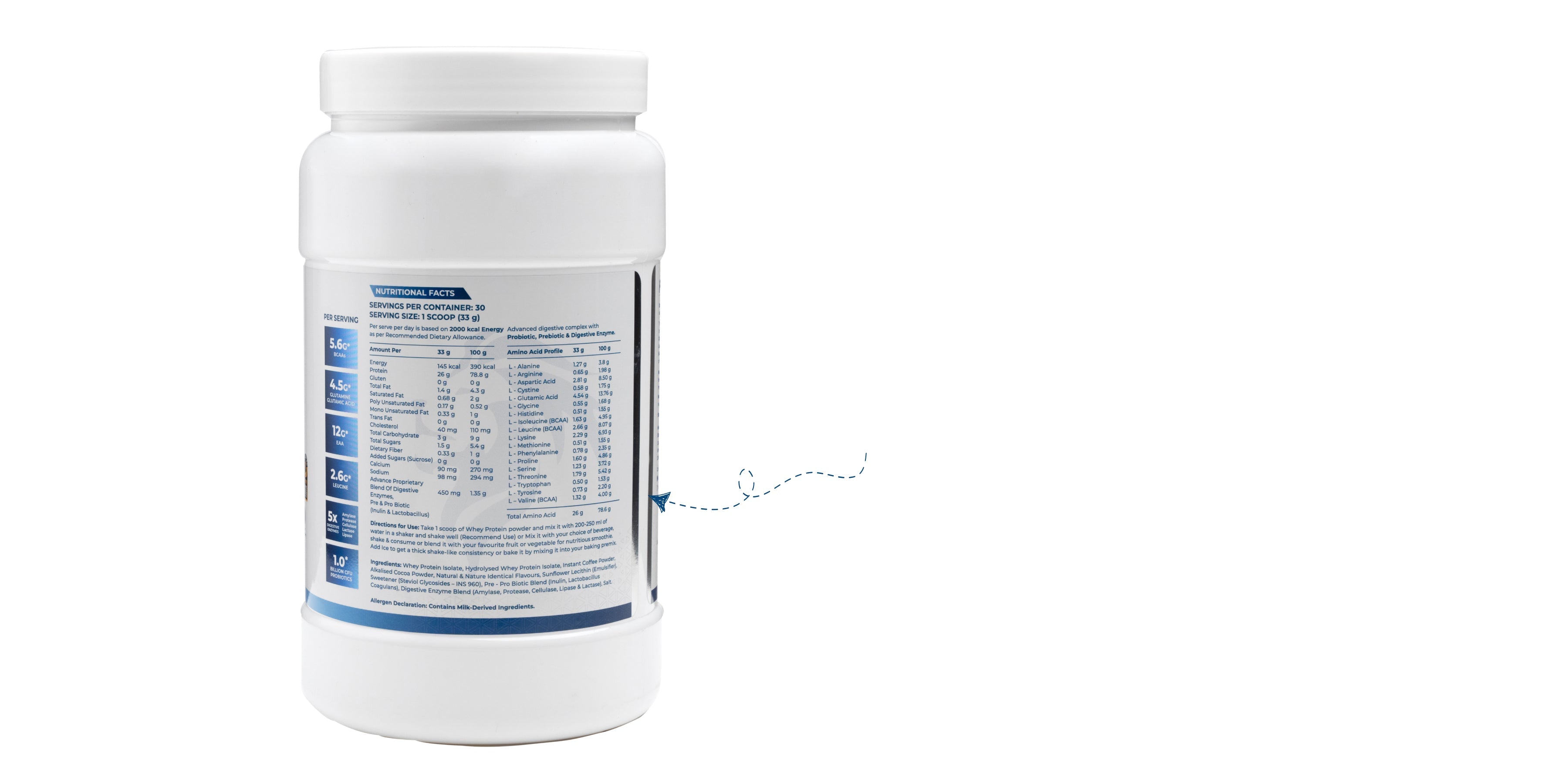




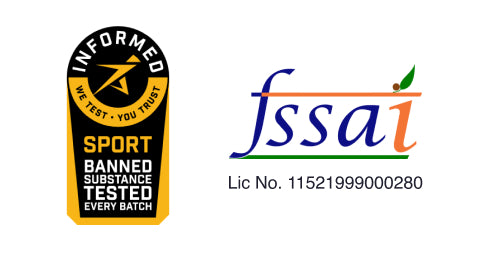
Leave a comment
This site is protected by hCaptcha and the hCaptcha Privacy Policy and Terms of Service apply.